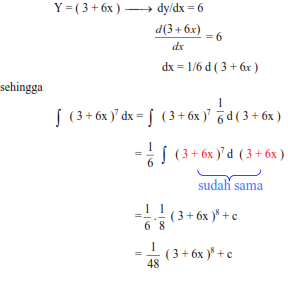
This event revealed the unquestioning faith that many Americans had in radio. Individuals from every education level and walk of life had been taken in by the program, despite the producers’ warnings before, during the intermission, and after the program (Lubertozzi & Holmsten, 2005).

As calls came in to local police stations, officers explained that they were equally concerned about the problem (Lubertozzi & Holmsten, 2005).Īlthough the story of the War of the Worlds broadcast may be funny in retrospect, the event traumatized those who believed the story. Two Princeton University professors spent the night searching for the meteorite that had supposedly preceded the invasion (Lubertozzi & Holmsten, 2005). One listener drove through his own garage door in a rush to escape the area. In Grovers Mill, New Jersey-where the supposed invasion began-some listeners reported nonexistent fires and fired gunshots at a water tower thought to be a Martian landing craft. Some listeners called loved ones to say goodbye or ran into the street armed with weapons to fight off the invading Martians of the radio play (Lubertozzi & Holmsten, 2005). Orson Welles’s War of the Worlds broadcast terrified listeners, many of whom actually believed a Martian invasion was actually occurring.Īccording to some, an estimated 6 million people listened to the show, with an incredible 1.7 million believing it to be true (Lubertozzi & Holmsten, 2005). This kind of mass marketing ushered in a new age of consumer culture (Cashman). Radio allowed advertisers to sell products to a captive audience.

In 1941, two-thirds of radio programs carried advertising. Radio’s presence in the home also heralded the evolution of consumer culture in the United States. A West Virginia newspaper explained the strengths of radio in providing emotional voices during such crises: “Thanks to radio…the nation as a whole has had its nerves, its heart, its soul exposed to the needs of its unfortunates…We are a nation integrated and interdependent. During the Ohio and Mississippi river floods of 1937, radio brought the voices of those who suffered as well as the voices of those who fought the rising tides. citizens to experience events with the same emotions. Radio news was more than just a quick way to find out about events it was a way for U.S. Vox Pop functioned on a cultural level as an acknowledgement of radio’s entrance into people’s private lives to make them public (Loviglio, 2002). Many modern television shows still employ this format not only for viewers’ amusement and information but also as an attempt to sum up national culture (Loviglio, 2002). Beginning in 1935, the program billed itself as an unrehearsed “cross-section of what the average person really knows” by asking random people an assortment of questions. Vox Pop, a show originally based on person-in-the-street interviews, was an early attempt to quantify the United States’ growing mass culture. Radio programs reflected this nationwide cultural aspect of radio. This unprecedented reach made radio an instrument of social cohesion as it brought together members of different classes and backgrounds to experience the world as a nation. Neither illiteracy nor even a busy schedule impeded radio’s success-one could now perform an activity and listen to the radio at the same time. Newspapers had the potential to reach a wide audience, but radio had the potential to reach almost everyone. Although this idea gave early proponents a useful, familiar way to think about radio, it underestimated radio’s power as a medium. In fact, radio was initially considered a kind of disembodied newspaper. Mass media such as newspapers had been around for years before the existence of radio.


 0 kommentar(er)
0 kommentar(er)
